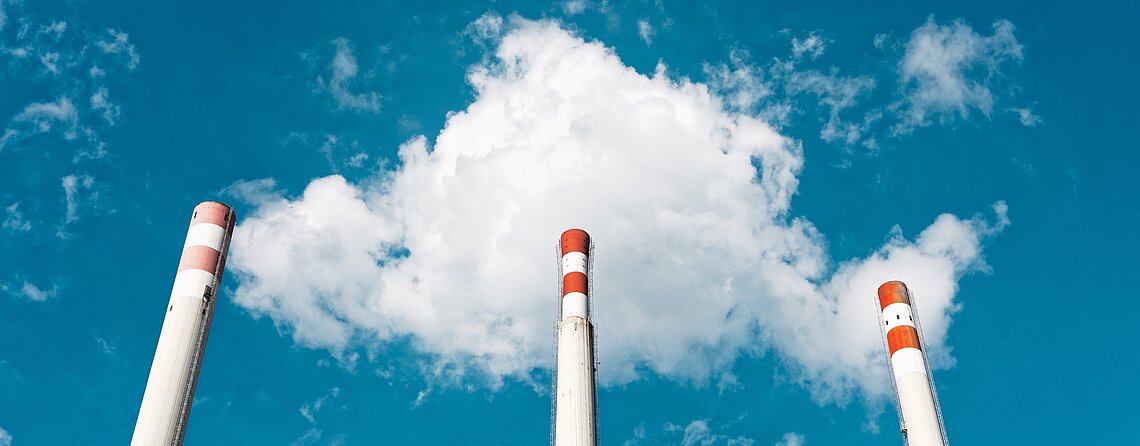Under the Paris Climate Agreement, the states parties have agreed on the ambitious goal of limiting the increase in the global average temperature to well below 2°C, preferably to 1.5°C above pre-industrial levels. How this target is to be achieved is set out in Article 4 of the Paris Agreement. The Parties have agreed to reach the peak of global emissions as soon as possible and to achieve a balance between anthropogenic emissions of greenhouse gases by sources and removals of greenhouse gases by sinks in the second half of this century.
In this regard, the Paris Agreement does not explicitly envision the creation of an international carbon market. However, Article 6 provides a legal pathway for the "international transfer of mitigation outcomes." The specific rules and guidelines for using the options provided in Article 6 are the subject of ongoing negotiations under the UNFCCC. However, not all stakeholders agree on the need to invest in developing the necessary institutional framework. Given the dramatic emissions reductions required to meet the Paris Agreement's 1.5°C or 2°C target, some voices say there is simply no room for international emissions trading.
This policy paper is an updated Version of the 2016 policy paper "Carbon Markets in a <2 °C World: Will There Be Room for International Carbon Trading in 2050?", which concluded carbon markets would not be obsolete in 2050 and international carbon trading will play a role in the global effort to mitigate anthropogenic climate change. This policy paper extends and updates that analysis in terms of both the time frame and the sectors examined. While the previous version focused on energy-related emissions, this analysis considers additional sectors including nature-based solutions.
It can be assumed that greenhouse gas emissions are still expected in many sectors in 2050 under both the 1.5°C and 2°C scenarios. Therefore, it is likely that there will be both physical and economic potential for international carbon trading through 2050 and beyond. However, emissions trading in 2050 and beyond will likely look different than what we have been used to. While the underlying rationale for emissions trading has been economic efficiency, the transfer of emissions reduction outcomes as we approach the zero boundary may increasingly depend on physical feasibility.

